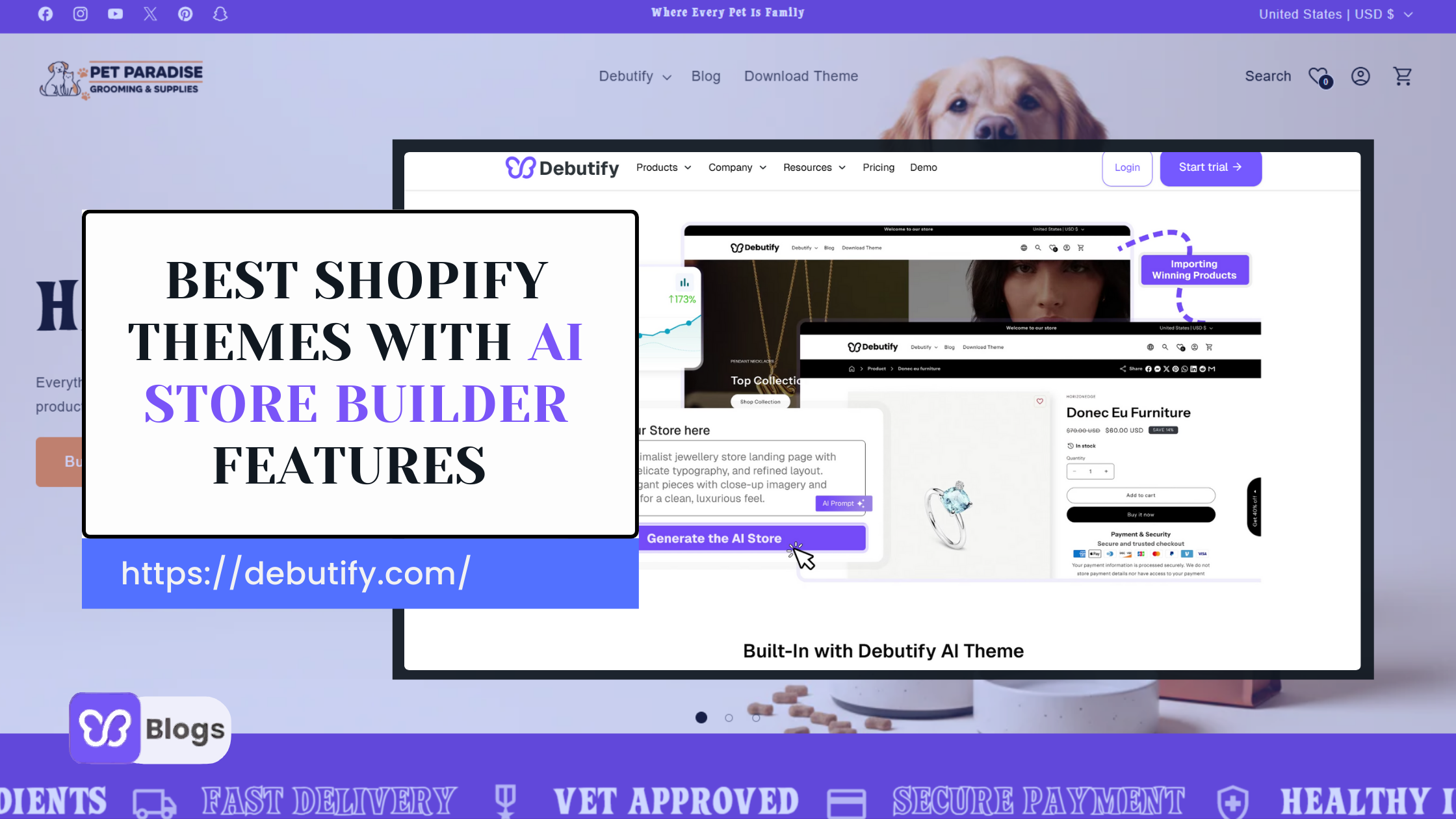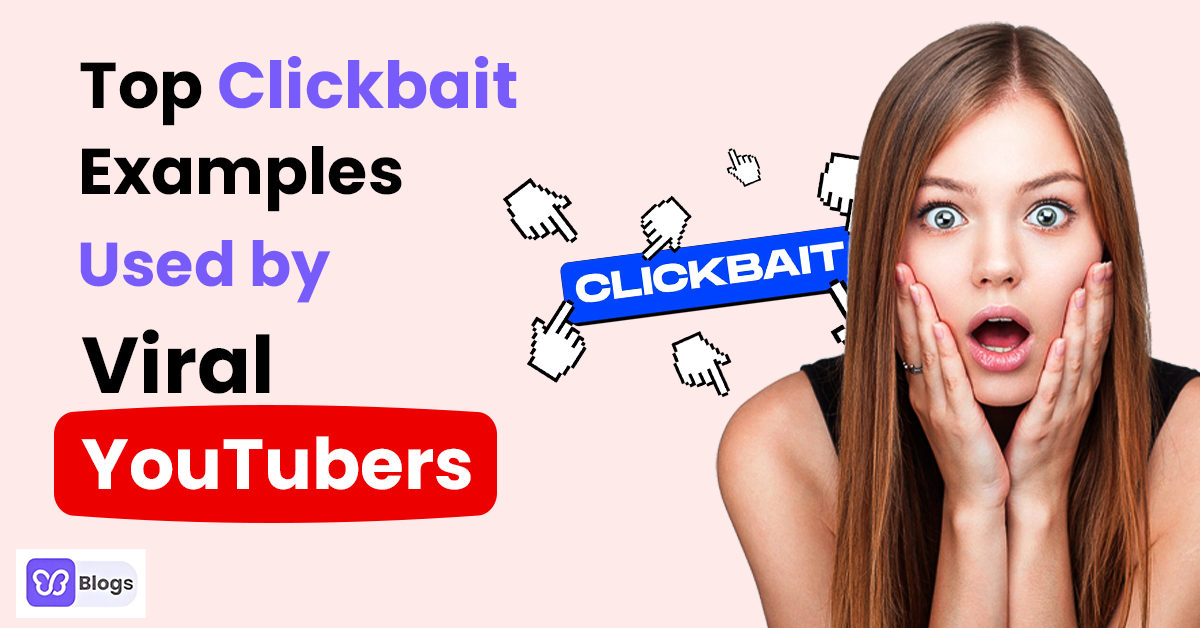Online shopping came into existence 27 years ago. Yes, readers, that’s how old online shopping is. The first online sale dates back to 1994.
But what now?
In the present times, online shopping has become an essential part of our everyday lives. Have a look at the following stats and figures:
- There were 2.05 billion online buyers in 2020.
- By the end of 2023, eCommerce sales will rise to $6.5 trillion.
- 73% of buyers shop online at least once a month.
- By 2024, there will be 282.7 million online buyers.
The above figures predict that online shopping isn’t leaving anytime soon. It’ll grow more in the upcoming years.
Is your business prepared to grow too?
If not, then we have a perfect solution for you… Google Shopping Ads.
With Google ads, a brand can promote itself and reach the right audience. It has released new tools and formats to help marketers.
Shopping ads are easy to set up. But without a solid strategy, Google ads can become quite challenging.
Today’s blog post will cover all you need to know about Google Shopping Ads. We have also provided effective strategies that’ll help you get started.
Ready? Let’s begin…
What Are Google Shopping Ads?
Google Shopping Ads also known as Product Listing Ads (PLAs), show up on result pages. These ads appear when a user enters a product search query.
Shopping ads differ from plain textual ads. Text ads revolve around selected keywords. Then, as the marketer you create campaigns and ad groups.
But, that’s not the case with shopping ads. Google pretty much handles it by itself. Google uses the company’s website, and its products feed. To determine which search queries will generate the company’s ads.
So, you're probably wondering...
Where Do Shopping Ads Appear?
The search result page isn’t the only place where Google Shopping ads show up. Instead, they are also visible on:
- The Shopping tab on Google.com
- Search partner websites
- YouTube
- Google display network
Shopping ads are helpful for both marketers and buyers. Hence, Google displays them on many channels. This provides marketers with better reach to prospects.
How To Set Up Google Shopping Ads?
You don't have to be an expert to use Google Shopping ads. Follow these steps for launching your first campaign.
1. Set Up Your Merchant Center Account
To run shopping ads, you first need an account on Google Merchant Center. You will use this account to upload your collection and product feed. Next, you can integrate it with Google Ads.
Log on to Google’s Merchant website to set up your Merchant Center Account.
2. Create And Upload Your Shopping Product Feed
The product feed is a comprehensive list of the company’s products in a spreadsheet. This feed gives Google the information it requires to show your product listing ads.
You can create your product feed on Google Merchant Center. Relax! It isn’t difficult. Google will give you a spreadsheet, and you’ll have to fill it up.
But…it is important to remember that product feed can make or break your ads campaign. Hence, ensure to optimize your product feed according to Google.
3. Set Up Your Shopping Campaign In Google Ads
Setting up a Google shopping ad is quick and easy. Here’s how you can do it:
- Log on to your Google Ads Account.
- Click Campaigns on the page menu on the left.
- Hit the ‘plus +’ button. Click New Campaign.
- Select Shopping for Campaign Type. Click Next.
- Then you’ll have to select your advertising preferences. Google has covered this part in detail.
- Click Save and Continue.
- Select the type of ad group you want to create:
- Product Shopping Ads. Google creates these ads by using the information from the Merchant Center account. If you want to create this ad, press continues to proceed.
- Showcasing Shopping Ads. In this type of ad, you can group together several products in one ad. It requires some extra steps. Learn more about it.
8. Hit Save. Confirm your settings and launch.
You're now all good to perform the following advanced Google Shopping Ad strategies...
6 Advanced Google Ad Strategies Every Seller Should Know
1. Remarketing With RLSA Campaigns
Has it ever happened to you?
You explore a website view the products, and exit the website. You forget about the products and log on to YouTube. There you see the ad for the exact products that you viewed on the website.
It’s called remarketing.
Remarketing is an essential part of marketing campaigns. Marketers chase prospects who show interest in the products. They show them remarketing ads. The ad is for the exact products that prospects viewed on the website.
Remarketing converts 43% of website visitors to customers.
Thanks to Google ads! It allows marketers to target website visitors and current customers. Besides that, it also helps in targeting people who interact with businesses in any way.
When prospects exit the website, Remarketing Lists for Search Ads (RLSAs) help businesses connect with them. Google displays remarketing ads to visitors when they search for something on Google. These ads are also visible on other websites that prospects browse.
2. Target New Audience With a Similar Audience
With Google Shopping campaigns, you can set up Similar Audiences.
With this option, you can attract new prospects to the website. It finds people who have similar browsing behavior as the business’s RLSAs’ members.
Setting up ‘Similar Audiences’ to the ad campaign can help reach a huge potential audience. The ads will become visible to people who have similar online behavior as site visitors. It generates qualified leads that have a high chance of converting.
Using Similar Audience won’t sky-rocket your sales overnight, nope.
What it’ll do is reach a wider audience and add them to the remarketing list. So, we can say it helps in increasing brand awareness.
3. Use Customer Match Data
Customer Match allows you to add your customers’ contact numbers and email addresses list into Google ads.
This feature helps to reach your audience across many channels. Such as search pages, the shopping tab, YouTube, Display, and even Gmail.
Let’s have a look at how it works:
- You first have to create and upload your customer’s data list to Google Ads.
- Next, you have to create a campaign for targeting your Customer Match list.
- When the people in the Customer Match list sign in to their Google ads, They will see your ad on Search Network, YouTube, and Gmail.
4. Include Geo-Targeting Modifiers
Including geo-targeting modifiers for shopping, ads is another advanced strategy. It allows you to alter bid percentages based on location.
Considerations for Setting up Geo bid Modifiers for Shopping Ads:
- Think about which locations you want to target. You must decide according to your goals, location, and audience.
- Don’t forget to categorize your ads for online and offline locations.
- Pay attention to buyer intent based on location.
- Run mobile ads for buyers who’re close to the physical store. It’ll tempt them to visit the store.
- Study Google’s Analytic data and dimensions reports to understand the visitors’ behavior.
- Do not set location to the entire country.
- Exclude unwanted locations. Avoid adding areas that don’t boost ROI and click-through rate.
- You can also set the location to city level for a more organic result.
5. Use Google Showcase Shopping Ads
With Google Showcase Shopping Ads, buyers can discover what they want to buy and from where. These ads appear before organic results on the result pages.
Google Showcase ads appear when users enter high-volume keywords on their cell phones.
Mobile phones generate more than 50% of web traffic. People no longer depend on their desktop computers to access the internet. So, if you want to target mobile shoppers, Google Showcase ads can help you.
6. Include Merchant Promotions With Your Ads
Running shopping ads is a great way to reach your prospects, but…
Unfortunately, Google won’t display your products alone to the users. It will display the products of other retailers that match the user’s query. There is a big chance that the products of eCommerce giants like Amazon will also appear.
This brings us to a question:
How can we give a competitive edge to our ads?
Simple, you can include merchant promotions to get better clicks and leads.
Merchant promotion, also called special offers, highlights the seller's products over others. Marketers can feature discounts and promotions on their products on Google Shopping ads.
A product that is on sale or offers free delivery will attract prospects. They will prefer buying the goods that are on sale. Thus, use merchant promotions to avail of the following benefits:
Acquisition
With special offers, you can increase your click-through rate.
Conversions
Reduced prices or express delivery give a solid reason to buyers to shop from you.
It's FREE!
Google doesn’t charge you extra for including promotions with your Shopping ads.
Recommended Merchant Promotions For Google Product Listing Ad
- Offer FREE delivery
- Lower the shopping limit for availing of free delivery
- Buy one, get one FREE
- Buy one and get one 50% off
- Percentage discounts. For example, 10% OFF on orders of $70 or more
The Final Takeaway...
Google shopping ads are a surefire way to attract prospects and boost eCommerce sales. Online sellers can share their products across many channels using these ads. For example, on Google’s shopping tab, search results, YouTube, etc.
But Google ads cannot magically boost your ROI overnight!
Your product feed, structure, audience, etc., all affect the ROI of ad campaigns. Hence, don’t forget to optimize your product feed. Besides, be strategic about your shopping ads campaign.
Keep testing to understand what works best for your business.
All the best!
Increase your online sales by choosing the best FREE Shopify theme today.



